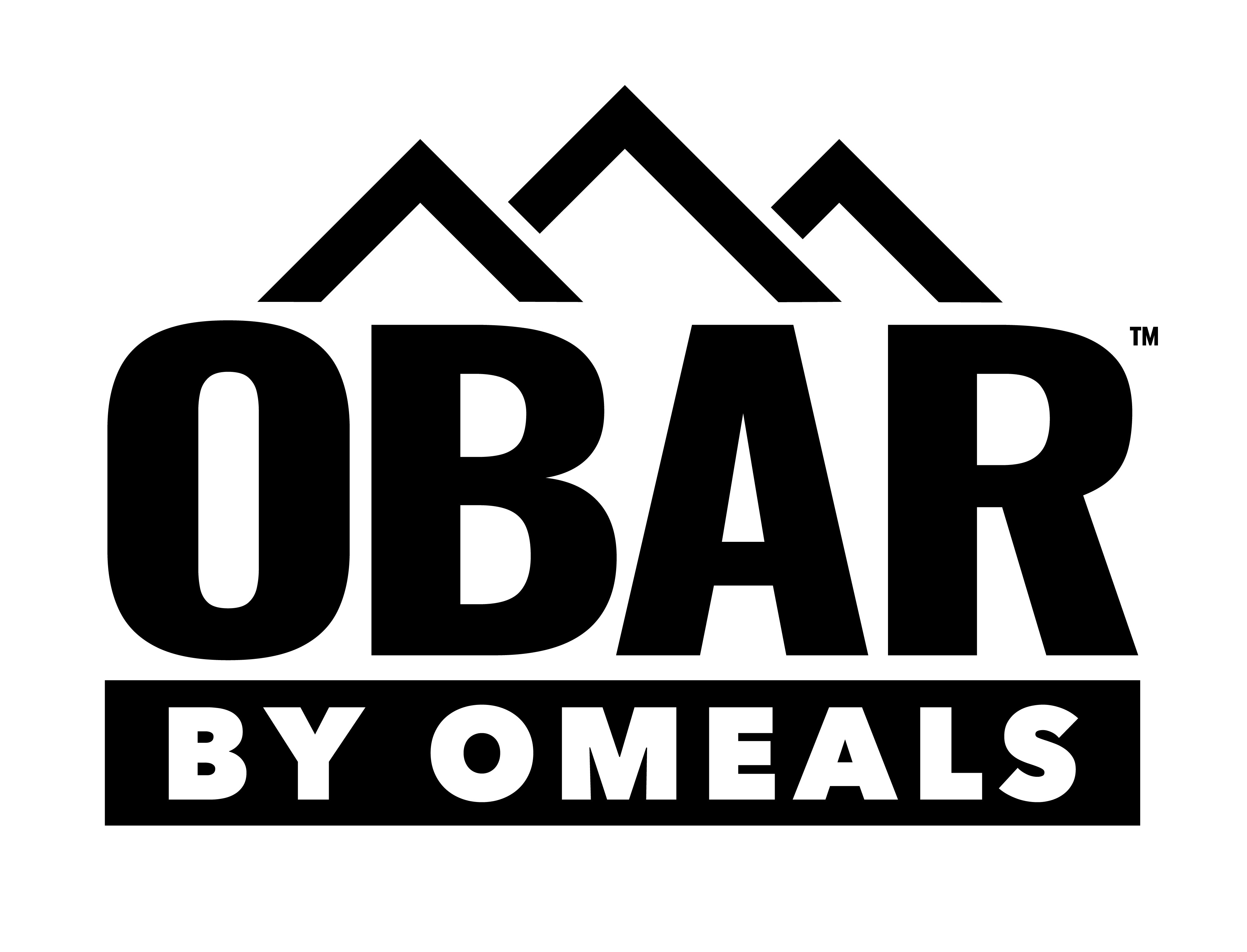When you're putting together a survival kit or packing for a camping trip, one of the most practical questions is: How much food do I actually need? Emergency food bars like OBARs are a smart choice because they last years, don't need cooking, and pack a lot of energy into a small space. But figuring out the right number to bring isn't as simple as grabbing a handful and hoping for the best.
Let's talk real numbers for real situations, whether you're preparing for a power outage at home, a weekend in the woods, or something more serious.
Why OBARs Work for Survival Situations
Before we get into quantities, it helps to understand what makes these bars different from the snacks you’d toss in a lunchbox. The big advantage? They stay good for years. Unlike perishable foods or even some freeze-dried meals that need water, you can stash these in a car, backpack, or emergency kit and forget about them until you need them. No cooking, no prep, just open and eat.
For Short-Term Emergencies (72-Hour Kits)
The rule of thumb for emergency food is to have at least 1,200 calories per day if you’re mostly staying put (like riding out a storm at home). But if you’re active, like evacuating on foot or hiking in the great outdoors; you’ll need more, closer to the usual recommended 2,000–2,400 calories a day.
Here’s what that looks like with OBARs, assuming you have other emergency food sources:
-
Sheltering in place (low activity): 3 bars per day (1,200 calories)
-
Moderate activity (clearing debris, walking distances): 4–5 bars per day
-
High exertion (hiking with gear, cold weather): 6 bars per day
So for a three-day emergency kit, you’d want:
✔ 9 bars if you’re mostly staying indoors
✔ 12–15 bars if you might be active
✔ 18 bars if you’re preparing for worst-case physical demands
*Tip: If you’re stocking a family kit, multiply these numbers by each person. A family of four should have at least 36 bars for a three-day supply.*
For Camping and Backpacking
Camping changes the equation because you’re burning way more calories than just sitting in place. Even if you’re just setting up a tent and gathering firewood, you’ll need extra fuel. If you’re backpacking with a heavy load? That number goes even higher of course.
Backpacking (Carrying Weight, Hiking Miles)
Now we’re talking about serious energy needs. If you’re covering long distances with a pack, aim to carry 5 bars per day, just to be safe.
Remember: These bars are dense and filling, but you’ll still want some variety. Pack nuts, jerky, or dehydrated fruits to keep things interesting and varied.
Final Tips for Packing Smart
-
Rotate your stash. Even though OBARs have best by dates of 5 years, after that time it’s nice to get new ones
-
Keep some in your vehicle(s.) You never know when you might get stuck somewhere unexpectedly.
-
Practice rationing. In a real emergency, you might need to stretch your supply.
-
Supplement with other foods. OBARs are filling, but variety helps morale.
The Bottom Line
How many OBARs you need comes down to three things:
-
How long are you preparing for (a day? a week?)
-
How active you’ll be (sitting at camp or hiking up a mountain?)
-
Who you’re packing for (just yourself or a whole family?)
For most people, about 12 bars in a 72-hour kit is a solid starting point. Campers should pack 4–5 per day, and families should scale up accordingly.
The key is to think ahead. Because when an emergency hits or you’re miles from the nearest trailhead, the last thing you want to worry about is whether you packed enough food.
Photo by Chamara Lakmal via Wikimedia Commons, licensed under CC BY-SA 4.0.

